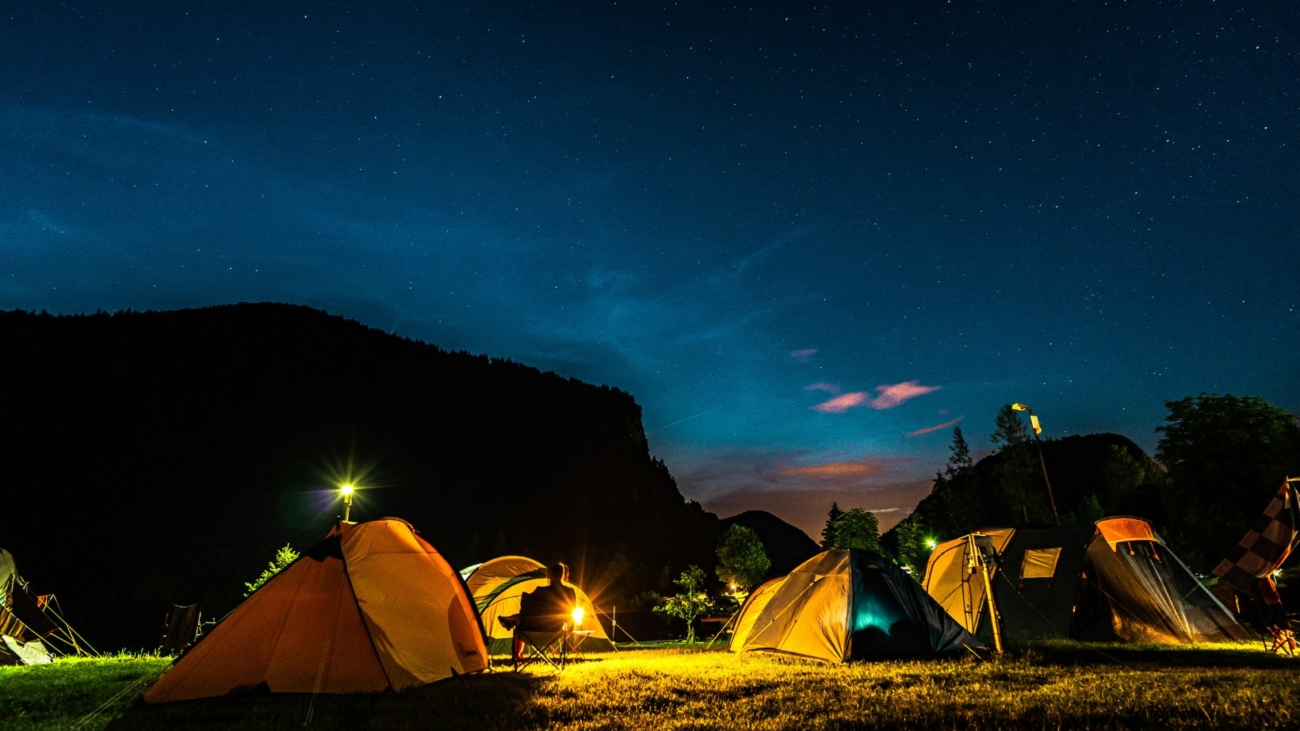Key Takeaways
-
- Importance of Compliance: Understanding and adhering to marketing laws is essential for businesses to avoid legal complications and protect their reputation in a competitive digital landscape.
-
- Key Regulations: Familiarity with regulations like the Federal Trade Commission (FTC) guidelines, Truth-in-Advertising standards, and data protection laws (GDPR and CCPA) is crucial for lawful marketing practices.
-
- Consumer Rights: Marketing law emphasizes transparency and consumer protection, requiring businesses to provide accurate information and respect consumer privacy rights.
-
- Intellectual Property Protections: Companies must understand intellectual property rights, including trademarks and copyrights, to safeguard their brand identity and creative works while avoiding infringement.
-
- Consequences of Non-Compliance: Failing to comply with marketing laws can lead to substantial fines, legal action, reputational damage, and lost business opportunities, underscoring the necessity of proactive legal adherence.
In today’s fast-paced digital world, understanding marketing law is crucial for businesses aiming to thrive. With the rise of online advertising, social media, and influencer partnerships, navigating the legal landscape can be daunting. Companies must ensure they’re compliant with regulations to avoid hefty fines and reputational damage.
Marketing law encompasses a range of topics, from truth-in-advertising standards to data protection and privacy laws. As businesses innovate and adapt their strategies, staying informed about these legal requirements becomes essential. This article delves into the key aspects of marketing law, helping marketers and business owners make informed decisions while promoting their products and services effectively.
Marketing Law
Marketing law encompasses the legal principles governing advertising practices, promotions, and the communication of goods and services. This area of law plays a crucial role in regulating how businesses convey messages to consumers, ensuring transparency and integrity in marketing strategies.
Key Components of Marketing Law
-
- Truth-in-Advertising Standards
Truth-in-advertising laws require businesses to provide truthful and non-deceptive information. Marketers must substantiate claims, especially regarding performance, safety, and quality, to avoid misleading consumers.
-
- Consumer Protection Laws
Consumer protection regulations safeguard buyers from unfair trade practices and ensure their right to information. Laws such as the Federal Trade Commission Act address misleading advertising and sales tactics.
-
- Data Protection Laws
Data protection laws regulate how businesses collect, store, and use consumer data. Regulations like the General Data Protection Regulation (GDPR) and the California Consumer Privacy Act (CCPA) impose strict guidelines on consent and data usage, emphasizing consumers’ rights over their personal information.
-
- Intellectual Property Rights
Intellectual property rights protect brands, logos, and creative content. Businesses must respect these rights to prevent infringement and maintain brand integrity, ensuring their marketing materials do not violate copyrights or trademarks.
-
- Telemarketing and Email Regulations
Telemarketing laws, such as the Telephone Consumer Protection Act (TCPA), impose restrictions on unsolicited calls and texts. Email marketing must comply with the CAN-SPAM Act, ensuring clear opt-in and opt-out options for consumers.
By understanding these components, businesses navigate the complexities of marketing law, minimize legal risks, and effectively promote their offerings within a compliant framework.
Key Regulations In Marketing Law
Understanding key regulations in marketing law is crucial for businesses to ensure compliance and avoid legal complications. This section outlines major regulations that affect advertising practices and consumer protection.
Federal Trade Commission (FTC) Guidelines
The Federal Trade Commission (FTC) enforces regulations that promote transparency and prevent deceptive advertising. FTC guidelines require businesses to substantiate claims made in advertisements, ensuring that they are not misleading. Specific rules apply to endorsements and testimonials, mandating full disclosure of any material connections between endorsers and brands. Businesses must adhere to these guidelines when promoting products across digital platforms to maintain consumer trust and avoid penalties.
Truth In Advertising Standards
Truth in advertising standards mandate that businesses provide accurate and clear information about their products and services. These standards prohibit false or misleading statements about product benefits or pricing. Advertisements must accurately represent the product to avoid consumer deception. Various legal frameworks reinforce these standards, including state laws and federal regulations. Companies that align their marketing strategies with these standards enhance credibility, foster customer loyalty, and reduce the risk of legal action.
Intellectual Property Considerations
Intellectual property (IP) plays a crucial role in marketing law, helping businesses protect their brand identity and creative works. Understanding IP rights informs marketing strategies and minimizes legal risks.
Trademarks And Service Marks
Trademarks and service marks serve to distinguish goods and services in the marketplace. They provide legal protection against unauthorized use, helping businesses maintain brand recognition. Federal registration through the United States Patent and Trademark Office (USPTO) ensures stronger protection and exclusive rights. Companies must conduct thorough searches to avoid conflicts with existing trademarks. Additionally, maintaining trademarks requires ongoing use and renewal fees to preserve their legal status.
Copyright Issues In Marketing
Copyright laws protect original works of authorship, including advertisements, graphics, and promotional materials. Businesses must respect copyright ownership when using third-party content, such as images or music in their campaigns. Obtaining licenses or permissions is essential to avoid infringement. Fair use provisions offer limited protections but often require legal consultation to navigate. Companies must ensure their original content is registered to strengthen their enforceability in case of infringement and collaboration disputes.
Digital Marketing And Privacy Laws
Digital marketing requires strict adherence to privacy laws. Understanding regulations such as GDPR and CCPA is essential for businesses operating online.
GDPR And CCPA Impacts
GDPR (General Data Protection Regulation) and CCPA (California Consumer Privacy Act) significantly impact data privacy in marketing. GDPR, enacted in 2018, mandates that businesses obtain explicit consent from consumers before processing their personal data. It also grants consumers the right to access, rectify, or delete their data, imposing hefty fines for non-compliance. CCPA, effective in 2020, empowers California residents to know what personal information businesses collect, use, and share. It allows consumers to opt-out of the sale of their data and seek damages for non-compliance. Both regulations necessitate that marketers implement transparent data collection practices and ensure consumer rights are upheld.
Email Marketing Regulations
Email marketing regulations, such as the CAN-SPAM Act, govern commercial email communications. This law requires clarity in identifying emails as advertisements and includes provisions to provide recipients with a clear opt-out mechanism. Marketers must honor opt-out requests promptly, typically within 10 business days. Additionally, the email subject lines must not mislead recipients, and the sender’s physical address must be included. Compliance with these regulations is crucial, as violations can result in penalties and damage to a brand’s reputation. Businesses must regularly review their email marketing practices to ensure adherence to all applicable laws.
Consequences Of Non-Compliance
Non-compliance with marketing law can lead to severe repercussions for businesses. Fines, lawsuits, and reputational damage are among the most significant consequences faced by organizations that neglect legal requirements.
Financial Penalties
Financial penalties applied for non-compliance can vary dramatically. The Federal Trade Commission (FTC) can impose fines reaching up to $43,280 per violation. This amount reflects the seriousness with which violations of truth-in-advertising standards and deceptive practices are treated.
Legal Action
Legal action may ensue from non-compliance. Consumers or watchdog groups can file lawsuits, resulting in costly settlements or judgments against businesses. Class action lawsuits can also arise, amplifying financial exposure.
Reputational Damage
Reputational damage constitutes a long-term effect of non-compliance. Businesses facing legal issues may experience loss of consumer trust, leading to decreased sales and market share. Negative publicity can persist in the media, impacting future marketing efforts.
Regulatory Scrutiny
Regulatory scrutiny can escalate for companies with prior violations. Increased monitoring by agencies like the FTC or state attorneys general could limit marketing activities and impose regular audits. This oversight can burden business operations and hinder growth.
Loss of Business Opportunities
Loss of business opportunities becomes a reality for companies facing non-compliance. Partners, advertisers, and investors often prefer to engage with compliant businesses, significantly limiting options for growth and collaboration.
Understanding these consequences emphasizes the importance of adhering to marketing laws. Proactive compliance not only protects businesses from penalties but also fosters consumer trust and promotes sustainable growth.
Marketing Law
Navigating marketing law is crucial for businesses aiming to thrive in today’s competitive landscape. Awareness of regulations not only safeguards against legal pitfalls but also enhances brand credibility. By prioritizing compliance with truth-in-advertising standards and data protection laws, companies can build lasting relationships with consumers.
Understanding the implications of non-compliance can motivate businesses to adopt best practices in their marketing strategies. As the digital marketplace continues to evolve, staying informed about legal requirements will empower businesses to innovate while maintaining integrity. This proactive approach ensures sustainable growth and fosters a positive reputation in the marketplace.

 Engaging in outdoor night activities requires awareness and preparation to ensure safety. Key considerations include essential gear and effective navigation techniques.
Engaging in outdoor night activities requires awareness and preparation to ensure safety. Key considerations include essential gear and effective navigation techniques.